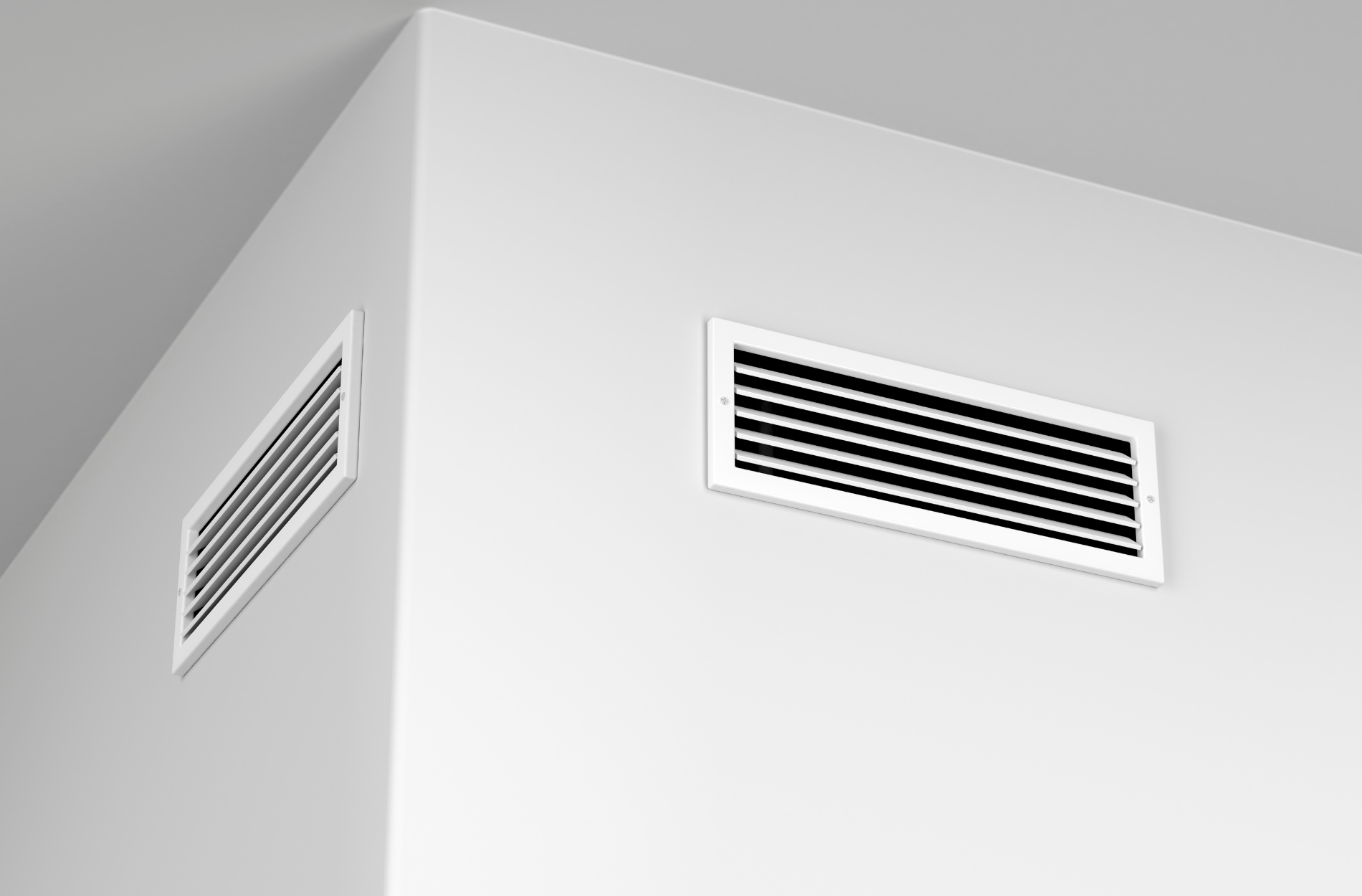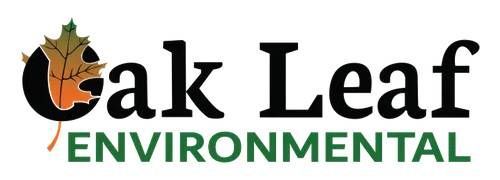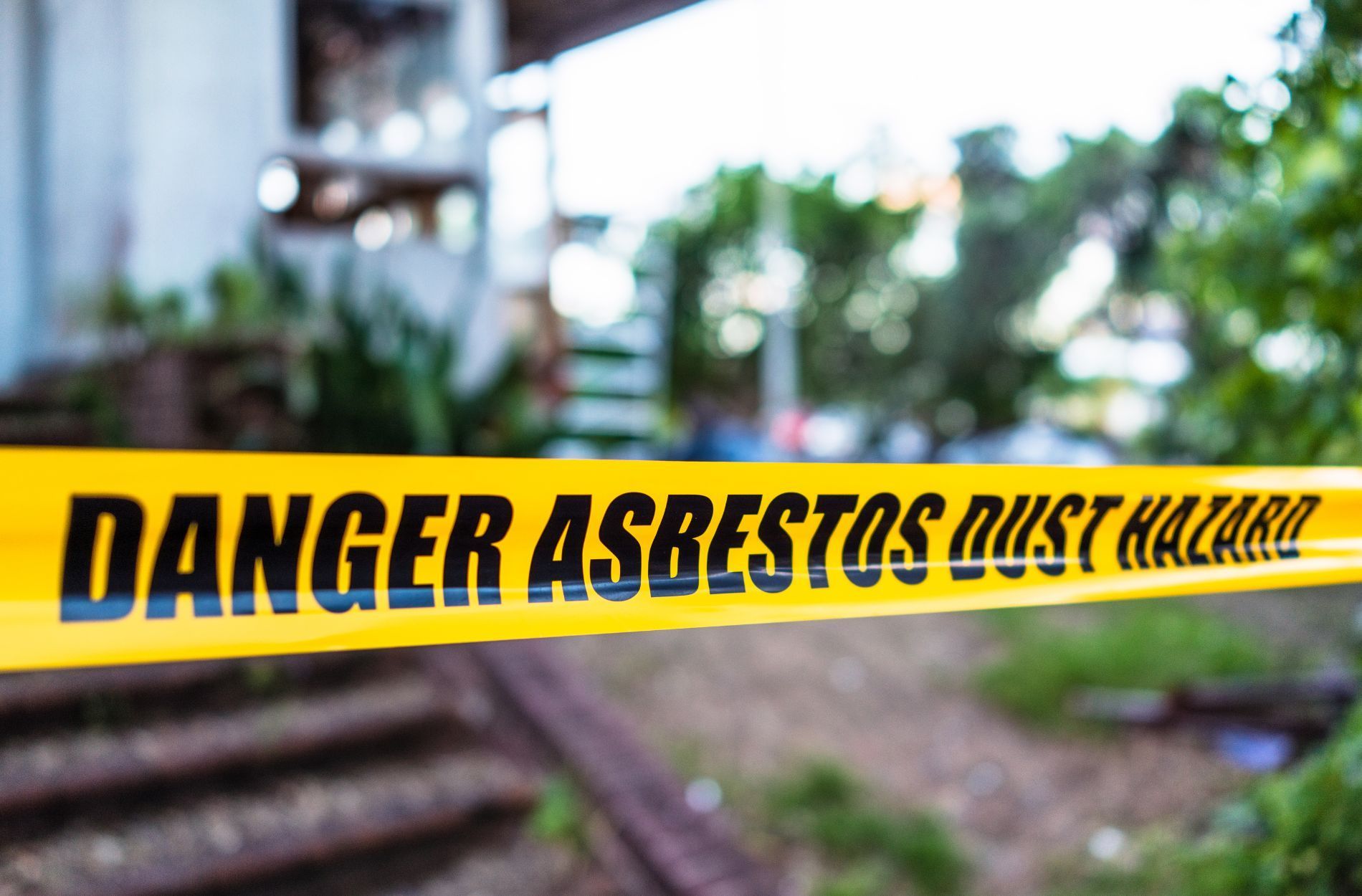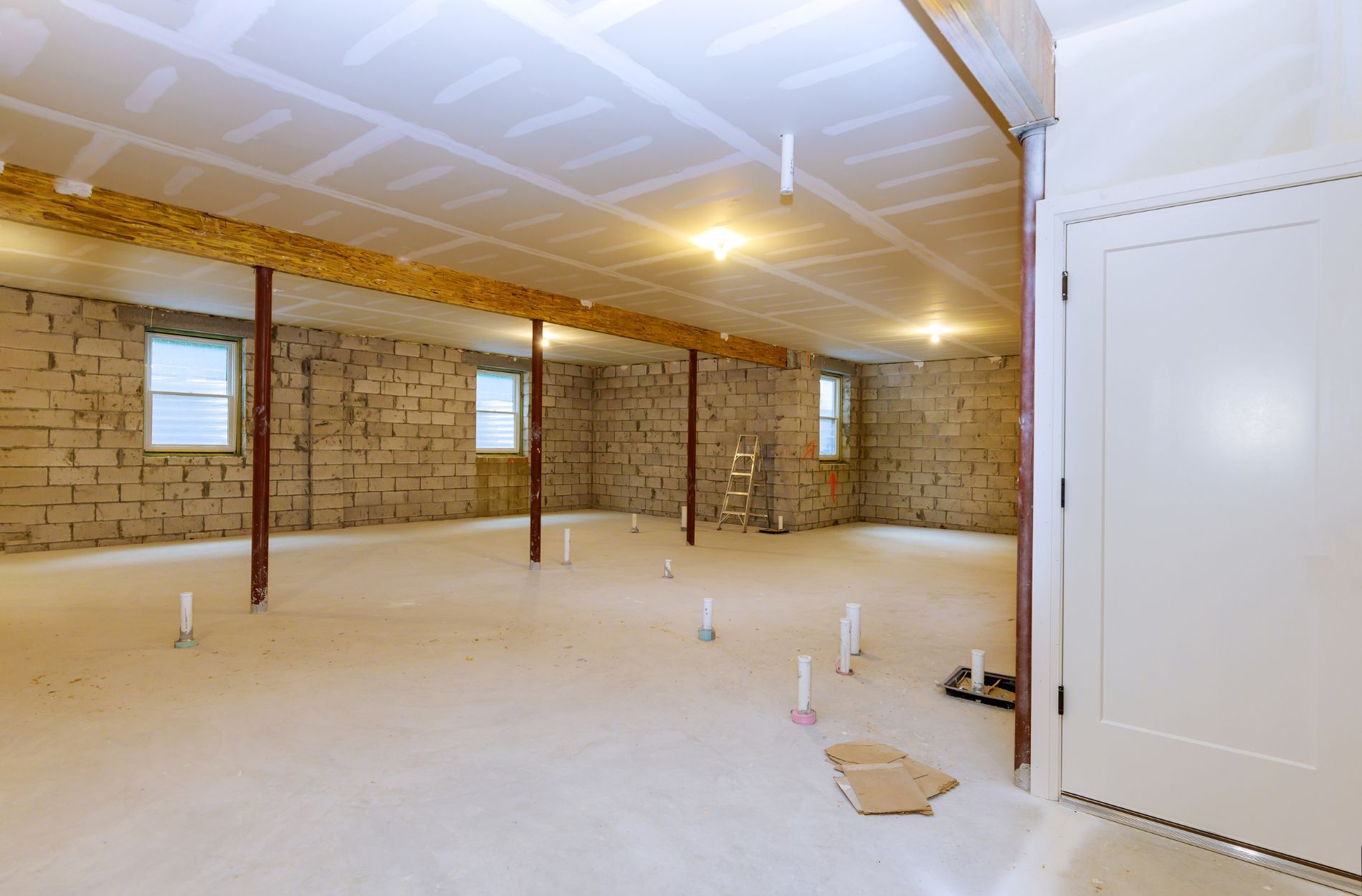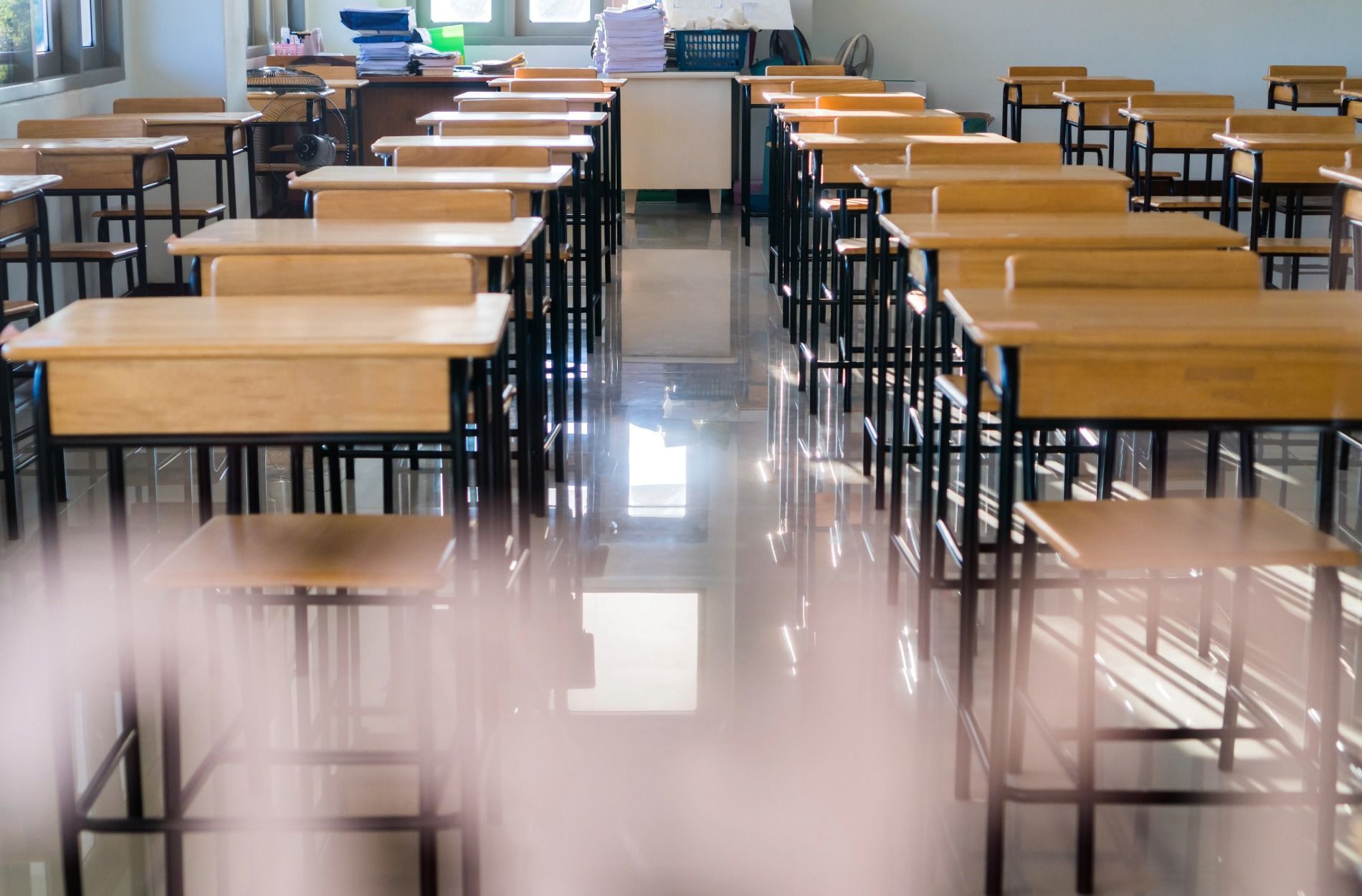Bathroom Mold Problems That Need Professional Attention
Bathroom mold is more than just a cosmetic issue. It can damage walls, tiles, and grout, but the more serious concern is how it affects your indoor air and your health. Mold thrives in damp areas, and bathrooms create the perfect setting. Steam from showers, lingering moisture, and poorly ventilated spaces can all create a breeding ground for mold spores.
Even small patches of mold can hide a bigger problem behind walls or under tile. It often spreads quietly, so by the time you see it, the situation might already need more than surface-level cleaning. Regular cleaning helps, but when mold keeps coming back or spreads beyond what you can handle, it’s time to look deeper.
That’s where Oak Leaf Environmental comes in. Our professional team knows how to detect mold that might not be visible and deliver real solutions that last.
Common Causes Of Bathroom Mold
Most bathrooms deal with some level of moisture, but when dampness lingers, mold has a chance to settle in and grow. Understanding what triggers mold growth is the first step toward keeping it out for good.
Here are some common culprits:
- Poor ventilation: Bathrooms without proper airflow trap humidity. Whether you have no exhaust fan or keep the door shut after showers, the trapped moisture builds up.
- Frequent steam without cleanup: Hot showers create lots of steam, and that moisture settles on mirrors, walls, and ceilings.
- Leaky plumbing or fixtures: A slow drip under the sink or behind the toilet might not be visible right away. But over time, even a small leak can lead to a hidden mold issue.
- Damp towels and rugs: Leftover moisture from used shower items can raise moisture levels, especially if they're left bunched up on the floor.
- Cracked grout or tile: These small openings can let water seep into wall cavities or behind tiles, where mold loves to hide.
Not every bathroom will develop mold, but when multiple conditions are present like humidity paired with poor airflow, the risk goes up fast. And since mold grows quickly once it gets started, it doesn’t take long for it to go from a few patches to a larger problem.
Signs You Have A Mold Problem
Sometimes the signs are obvious, like black or green patches on the tile walls. But mold doesn’t always make itself known right away. Spotting the early warnings can save time and prevent more costly fixes later.
Some common signs to look out for:
- Discolored grout or tiles that don’t come clean no matter how much you scrub
- A strong musty odor that never seems to go away
- Wallpaper or paint bubbling or peeling
- An increase in allergy symptoms when spending time inside
- Recurring mold spots that keep coming back even after cleaning
You might dismiss small spots of mold as regular buildup, especially around tubs or sinks. But if you’re cleaning them over and over without success, there may be something bigger going on behind the surfaces. One example is when someone keeps noticing the same patch of mold above the shower ceiling, no matter how often it’s wiped down. That usually points to poor ventilation and hidden moisture inside the ceiling itself. If left alone, it can lead to deeper damage and ongoing exposure.
Health Risks Of Ignoring Bathroom Mold
Letting mold go unchecked in the bathroom doesn’t just make the space look and smell bad over time. It can affect how you feel, too. Mold spores are small enough to float in the air, where they get inhaled without you even realizing it. This can lead to all kinds of issues, especially for people who already have breathing problems.
Some of the most common health effects linked to bathroom mold include:
- Congestion or sinus trouble that lingers, even after leaving the room
- Constant coughing or sneezing without any other reason like a cold
- Worsened asthma symptoms triggered by mold spores in the air
- Headaches that show up more often in certain rooms
- Eye or skin irritation that doesn’t go away quickly
Children, older adults, and people with weaker immune systems often have a tougher time when exposed to mold. Even if the rest of your home feels fine, mold hiding in the bathroom can still be enough to raise these health concerns. If multiple people in the same household start showing the same unexpected symptoms, it’s worth wondering whether the mold behind the walls or under the tub could be part of the issue.
Why You Need Professional Mold Testing Services
Bathroom mold might look like just a few dots on the ceiling or some darkened grout. But without a professional assessment, there’s no way to truly know how far it has spread or what type of mold is growing. Some molds are more harmful than others. They hide in places where moisture collects, like behind tile, under flooring, or inside light fixtures, and without testing, you’re just guessing.
Professional mold testing helps pinpoint exactly what you're dealing with. It gives a clear picture of how serious the issue is and where the mold may be hiding. While surface mold might seem small, the actual problem could run deeper. Only trained eyes and equipment can confirm that.
Here’s why working with the pros makes a difference:
- They can detect mold growth in areas you can’t reach, like inside walls and under floors.
- They take air samples to check if spores are floating through your home’s air supply.
- They know how to safely investigate without disturbing spores and spreading mold further.
- They help determine the right steps for cleanup and future prevention.
The longer mold is allowed to stay active, the more chances it has to spread and affect both your home’s structure and your indoor air quality. Testing takes the guesswork out of the equation and helps you approach the problem with facts. No more trial and error, just real answers.
When you work with Oak Leaf Environmental, you get more than a test result. You get a full understanding of what’s going on, backed by experienced professionals who are ready to walk you through next steps.
Keep Your Bathroom Mold-Free
Once mold has been handled, it's important to keep things that way. Bathrooms don’t need to be humid all the time. Ventilation and regular checks go a long way toward making sure mold doesn’t return without warning.
Some simple habits to reduce moisture and keep mold from creeping back include:
- Running the exhaust fan for at least 20 minutes after showers
- Making sure windows and vents are open when possible
- Wiping down shower walls and mirrors after use
- Washing and drying bath mats and towels often
- Repairing any plumbing leaks as soon as they show up
Consistency is key. A small leak or one forgotten cleaning won’t cause instant mold, but over time, these things add up. Staying alert to changes in color, smell, or texture in bathroom areas gives you a jump on fixing problems early. If anything looks off or keeps showing back up, that’s the time to reach out for help.
Stubborn mold doesn’t always mean your whole bathroom is falling apart. It just means moisture had a chance to sit for too long. That’s fixable, especially when the response is quick and the solution is handled with care. Spotting small mold signs now can save you from dealing with much bigger problems later on.
For a healthier and safer bathroom environment, getting rid of mold demands prompt attention. Ensure your home stays mold-free by considering professional help from experts who can accurately assess the situation. Learn how our
mold testing services at Oak Leaf Environmental can help you take the first step toward a cleaner, healthier living space. Your well-being is worth it.
